With countless coffee brewers available on the market, it can feel challenging to know which ones produce great-tasting flavor. One method rising in popularity is pour over coffee.
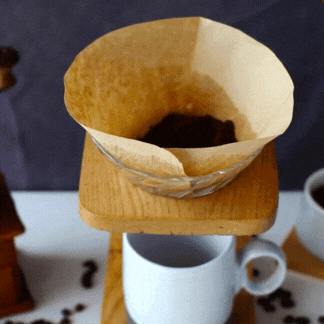
This technique has existed for decades, and it is convenient to learn if you were wondering how to make coffee in different ways.
You make pour over coffee with fresh coffee grounds, a filter, a holder, and a pour over coffee maker, or dripper. The idea revolves around pouring water through the grounds to extract the coffee into your mug.
The best way to brew coffee involves moistening, dissolving, and diffusing. Pour over coffee speeds up this process, so you get a fresher, stronger brew. If you prefer simplicity in your morning routine, consider a coffee pour over technique.
How to Make Pour Over Coffee
Making the perfect cup of joe depends on tons of factors, including the coffee grounds, filter, pour over kettle, water, and ratio. The best way to make coffee depends on your tastes and preferences, but here are some tips to get you started.
Get Grinding
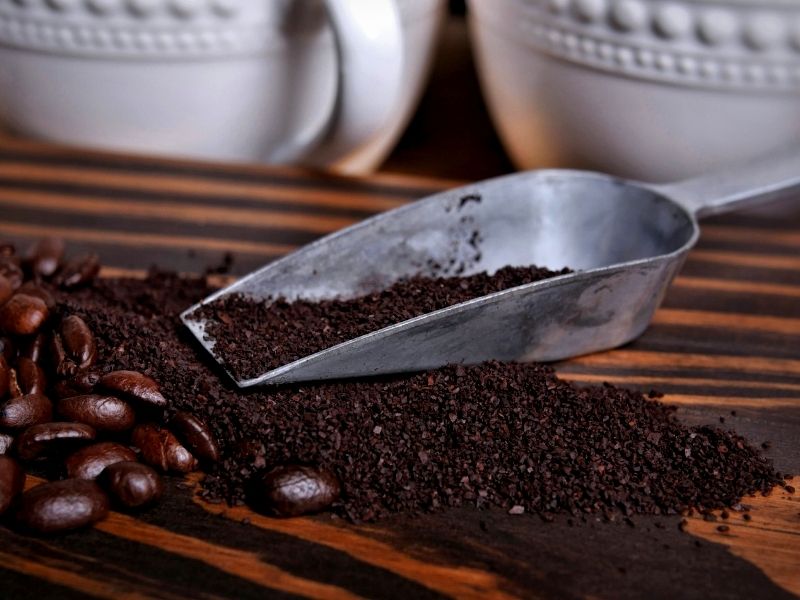
Fresh coffee grounds are one of the easiest ways to optimize your flavor. Try to grind right before you brew to avoid the grounds from oxidizing excessively.
Pour over coffee benefits from a moderately coarse texture that resembles sea salt or raw sugar. A burr grinder will produce similarly sized particles, leading to even extraction.
The best coffee to water ratio is between 1:14 and 1:17. For example, you would pair 33 grams of grounds with 500 grams of water for a 1:15 pour over coffee ratio.
For reference, 500 grams to ounces (or 500 grams to oz) is 17.637.
Boil Water
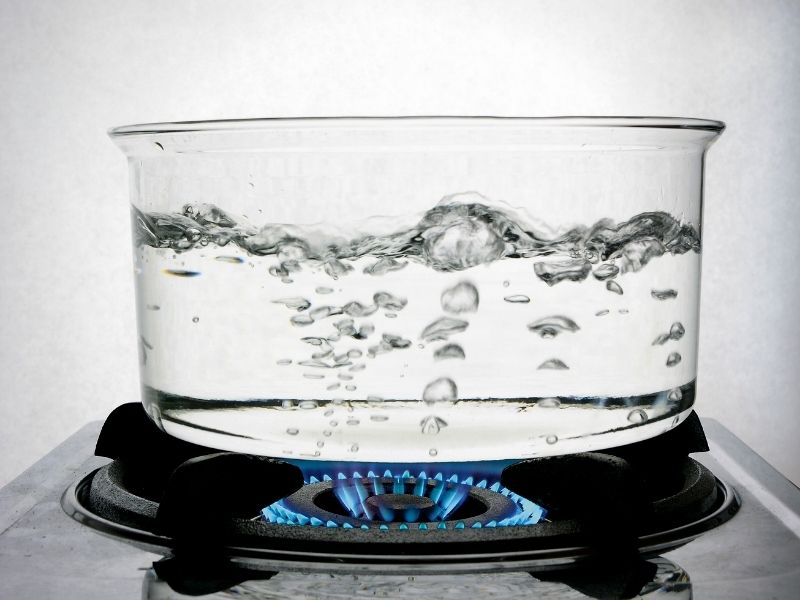
If you want to learn how to make Blue Bottle dripper coffee, you will need to boil at least 20 ounces or 600 grams of water. Clean, filtered water will provide the best flavor. Check the capacity of your kettle and compare it to how much you want to make.
You can pour the boiling water directly onto the grounds from your kettle, or place it in a second container. Wait about thirty seconds before pouring it on the grounds if you choose the direct route. For those with a second canister, you can place the water in there immediately after boiling.
Prepare Your Filter
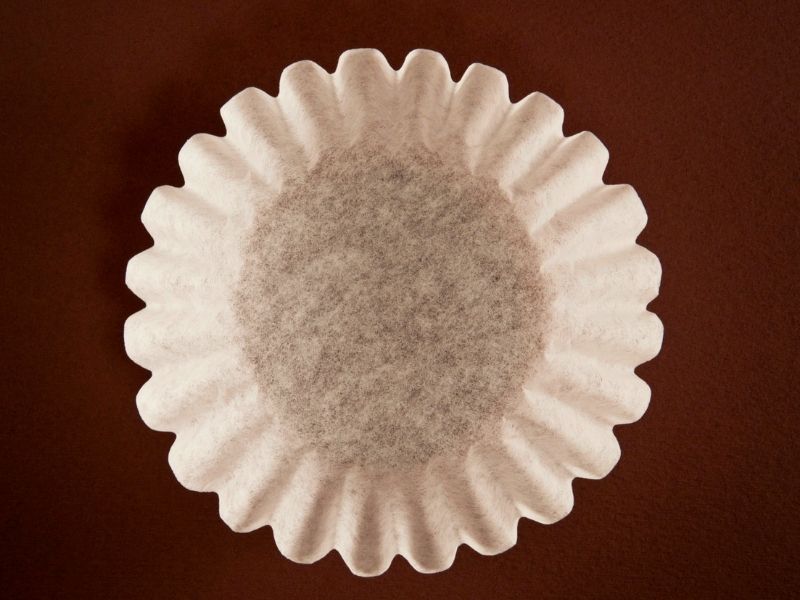
Most single-use coffee filters require pre-wetting before use. You can rinse the filter with hot water in the brewer before placing the grounds in it. This step removes the papery taste while sealing your filter, and it prepares your brewer.
Make sure to dump the water before continuing.
Assemble the Parts
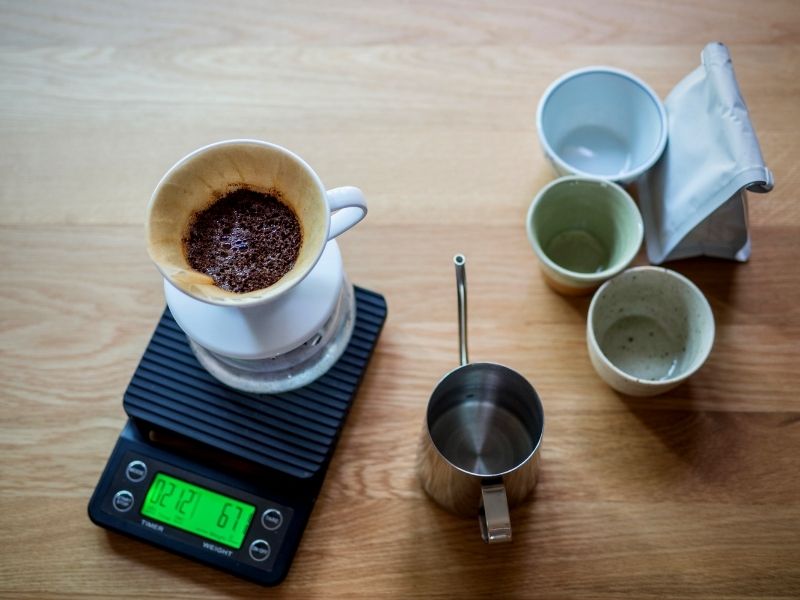
Now that everything is prepared, you can place your wetted filter in the dripper. Then, pour the coffee grounds into the filter and flatten the surface. You can place your brewer on a cup, carafe, or other item depending on the type.
If you want, you can place it on a kitchen scale for more precise measurements. Make sure to calibrate it to zero before adding your water.
Start Pouring
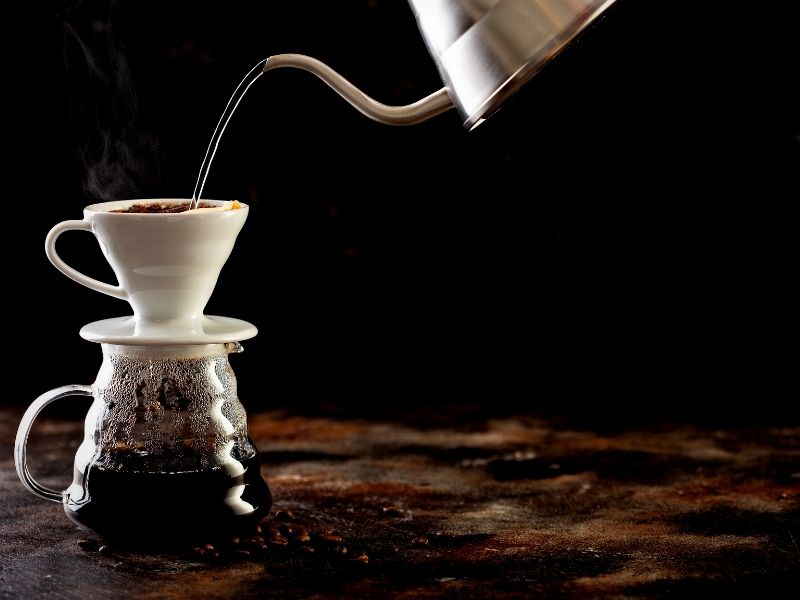
The first pour creates the coffee bloom, making it the most impressive one in the process. The hot water releases carbon dioxide from the grounds, making them rise. The bloom provides an even extraction in subsequent pours.
You can start a timer before pouring the water slowly over the grounds. Start at the outer edge and spiral towards the center. If you are using a scale, you can stop pouring when the scale hits 60 grams. Otherwise, use approximately a 2:1 ratio of water to coffee.
Check that all the grounds are saturated. The pour takes around 15 seconds, and you will need to wait around 30 seconds for dripping before the second one.
Continue with the spiraling pours. The second one should weigh around 90 grams, and you will wait about 60 seconds for the grounds to sink. The third and fourth pours require 100 grams each. Try to pour slowly and wait for the water to drip through before proceeding to the next one.
Keep in mind that these pour ratios are for 350 grams of coffee. If you were wondering how much coffee per cup this is, 350 grams of water and 22 grams of grounds will make one and a half cups. For those who do not use a scale, you can eyeball a 2:1 ratio for each pour until you are out of water.
Finishing Touches
The total brew time will take around three minutes for dark roasts and four for medium to light ones. These estimates include dripping time.
If you find your coffee tastes weak, you can try a finer grind. You can weaken coffee by adding more hot water to your current brew and using fewer grounds in future attempts.
Selecting the Right Ratio

Now that you know how to brew coffee with the pour over technique, you may have a few questions about how much coffee and water to use.
How much coffee for 12 cups?
If you are used to larger machines, you may feel dissuaded by the above measurements. Given our recommended 1:14 to 1:17 ratios, that would be between 14 tablespoons on the high end to 11. You can experiment with the amounts to discover the best ratio for your tastes.
How much ground coffee per cup?
In summary, you will want between 0.8 and 1.15 tablespoons per cup. Staying at around one tablespoon per cup will provide some of the best-tasting coffee.
Wrapping Up
Here we have covered almost everything you need to know about pour over coffee. With just a few components, you can craft this great-tasting brew at home. Make sure to adjust your grind fineness and amount to optimize the flavor, and try to use the cleanest water available. Precise measuring tools can help you create the perfect cup each time, but there is beauty in the simplicity of assuming quantities.
If you’re feeling more like a coffee connoisseur today, then consider making a latte, cappuccino or a whipped coffee.
